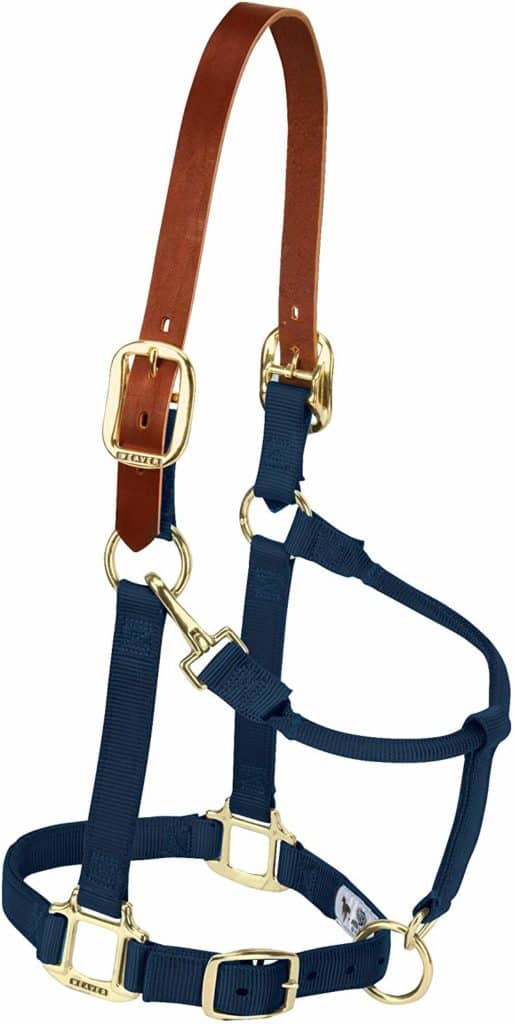Have you ever asked yourself what is a horse halter? Today we’re going to go through several different types of halters which ones you need and which ones are good for what.
A halter is a strap or rope that can be used to lead animals around by their head. In our case we mostly work with horses; however, halters come in sizes for cows, goats, sheep, or even for rabbits. Halters come in a wide variety of materials but leather, rope, and nylon are the most common.
I wanted to know more about each of these various types of halters so I decided to go ahead and and do a little bit of research to dig in and understand the pros and cons of each.
Why can’t I just throw a rope around them?
A lot of this comes down to the horse; however, in some cases, if you are feeling especially lazy, you can. My wife and I have one mare that she has had for many years. Once this horse is caught she will stay wherever you put her as long as she has a little bit of grass to keep her entertained. We haven’t tested this for long periods of time but she does stay put long enough to tack her up.
on the other side of the fence, that mare’s gelding, will follow you around the pasture looking for love and attention but won’t stay put on his own no matter how much grass is there. It’s like he has ADHD, “Oh piece of grass… Oh piece of grass”
Many of my horses are able to be led around with only a lead rope around the neck and gentle pressure. However, I should note that these
How does a halter control the animal?
A halter controls the animal by controlling their head. Horses require some amount of training to obey the halter commands. When purchasing horses often times you will hear the phrase “halter trained.” This means that the horse has undergone some ground training, but may not be ready yet for riding.
Can I leave a halter on my horse?
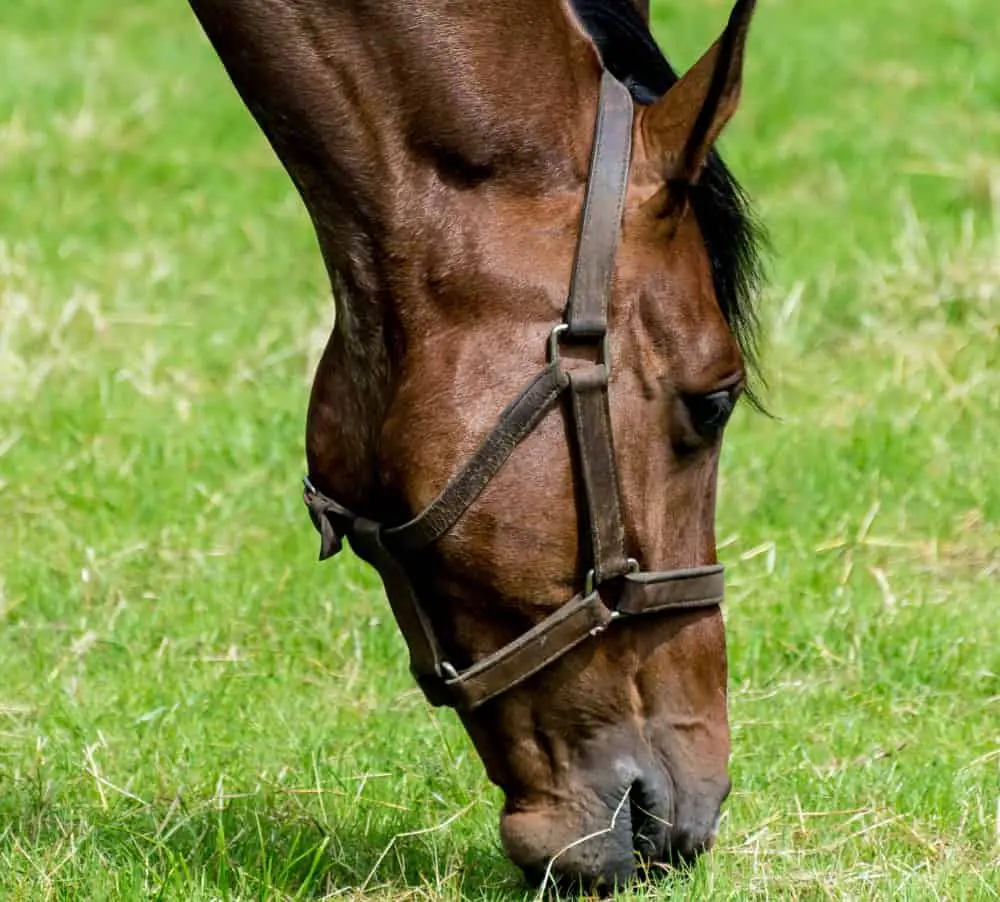
This is a much debated topic in the far reaches of horsedom. Many people say that they have safely left halters on horses for long periods of time at pasture. Others state that leaving a halter on a horse is a huge saftey concern.
Personally, I prefer to error on the side of safety for this one. The concern is that your horse could get their halter caught on something in the pasture and end up hurting themselves trying to get free. If you have tons of trees and things for them to get hung up on then it’s probably not the best idea.
I would say that it is technically an option but should be a last resort for those extra hard to catch horses. In those cases, it’s especially important to size your halter appropriately as a loose halter is more likely to snag on something. Use your best judgment, you know your horse and pasture better than anyone else.
How do I size a halter for my horse?
Much like our own hands, horses come in different sizes. Also like a glove, a halter should be sized appropriately. This process is a lot simpler than it may seem at first glance.
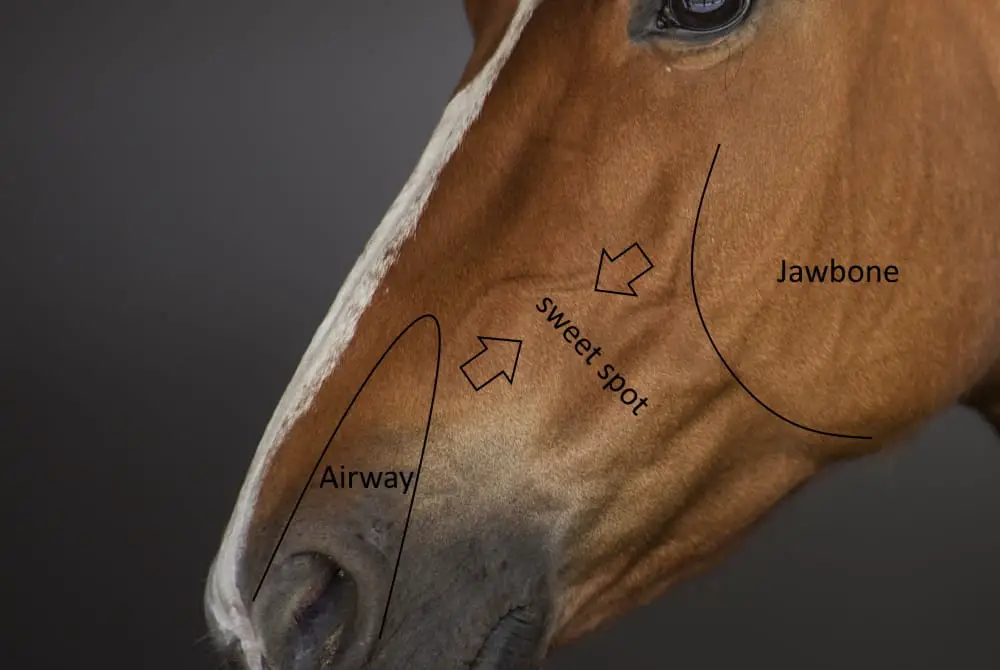
A properly sized halter should be about two fingers off of the jaw bone. You want it to be in the space between the jawbone and the horses airway.
When in the correct position you will find that your horse respects your commands with a lot less effort on your part. Initially, this will be an immediate thing; however, you may find that after a while the horse will revert back to its old attitude. This typically means that you need to do a little bit more halter training.
Below is a very good video to further describe proper halter fit for your horse. Weaver leather is a fairly well known company with a decent reputation.
Common types of Halters everyone should know
Leather
leather halters are favorite material because they are very strong and they last for a very long time if they are well taken care of. That being said they are made out of natural material and they require some care. You need to keep you or leather halters, and other tack in a dry location, and you need to periodically apply a leather protectant such as this saddle soap.
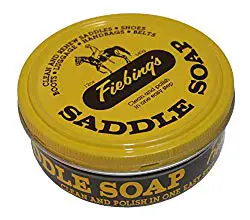
Another awesome thing about leather halters is that they often come in very beautiful designs you can see my top five list of leather halters here.
Rope
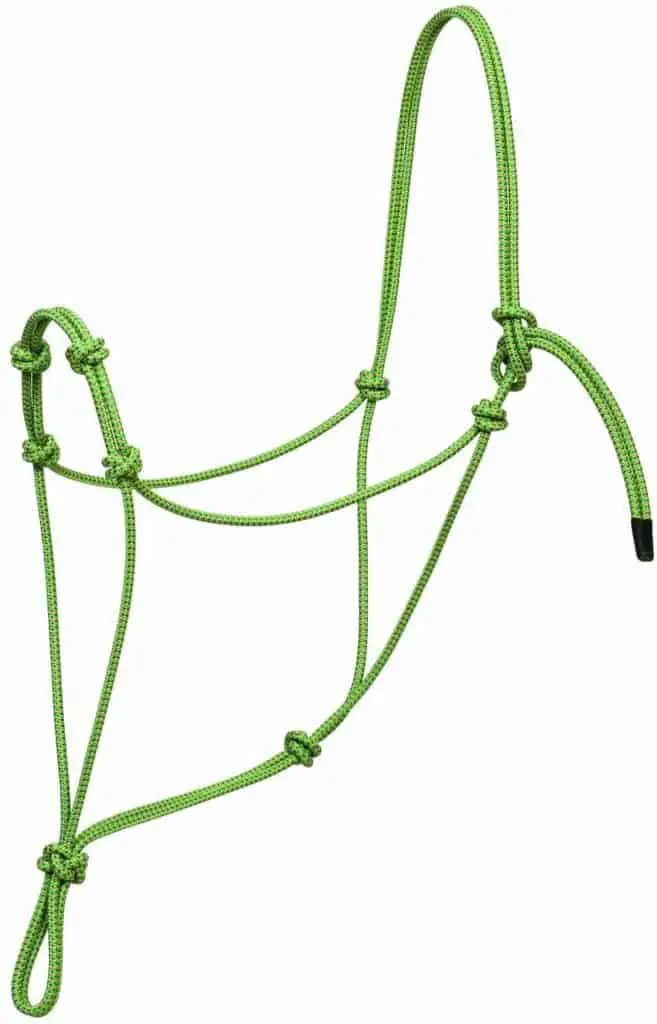
Rope halters are another one of my favorite. However, they are a little bit different than the traditional halter as they generally use a knot to secure it to the horse. This halter is very functional to have around your farm due to its ability to fit on almost any size horse. This being said I don’t think your horses are going to win any awards when wearing these as they definitely fit into the function over form category.
Nylon
Nylon halters are one of the most common halters I think they’re going to see around anyone’s farm. They are very dependable, very strong, very functional and they seem to hold up to most weather conditions fairly well. As I just mentioned nylon halters are very strong in fact many people prefer to use leather halters over the nylon due to safety concerns. If your horse happens to get caught up on something or tangled in the halter in any way, leather breaks allowing your horse to free itself where are the nylon material will not and could possibly harm the animal.
Breakaway / Shipping Halters
Although I have not personally had any experience with this type of altered my understanding is that they are very similar to nylon or leather halters however they are designed to break away in the event of an accident. This should allow your horse to move freely and I’ll be caught up and I have a better chance of survival.

